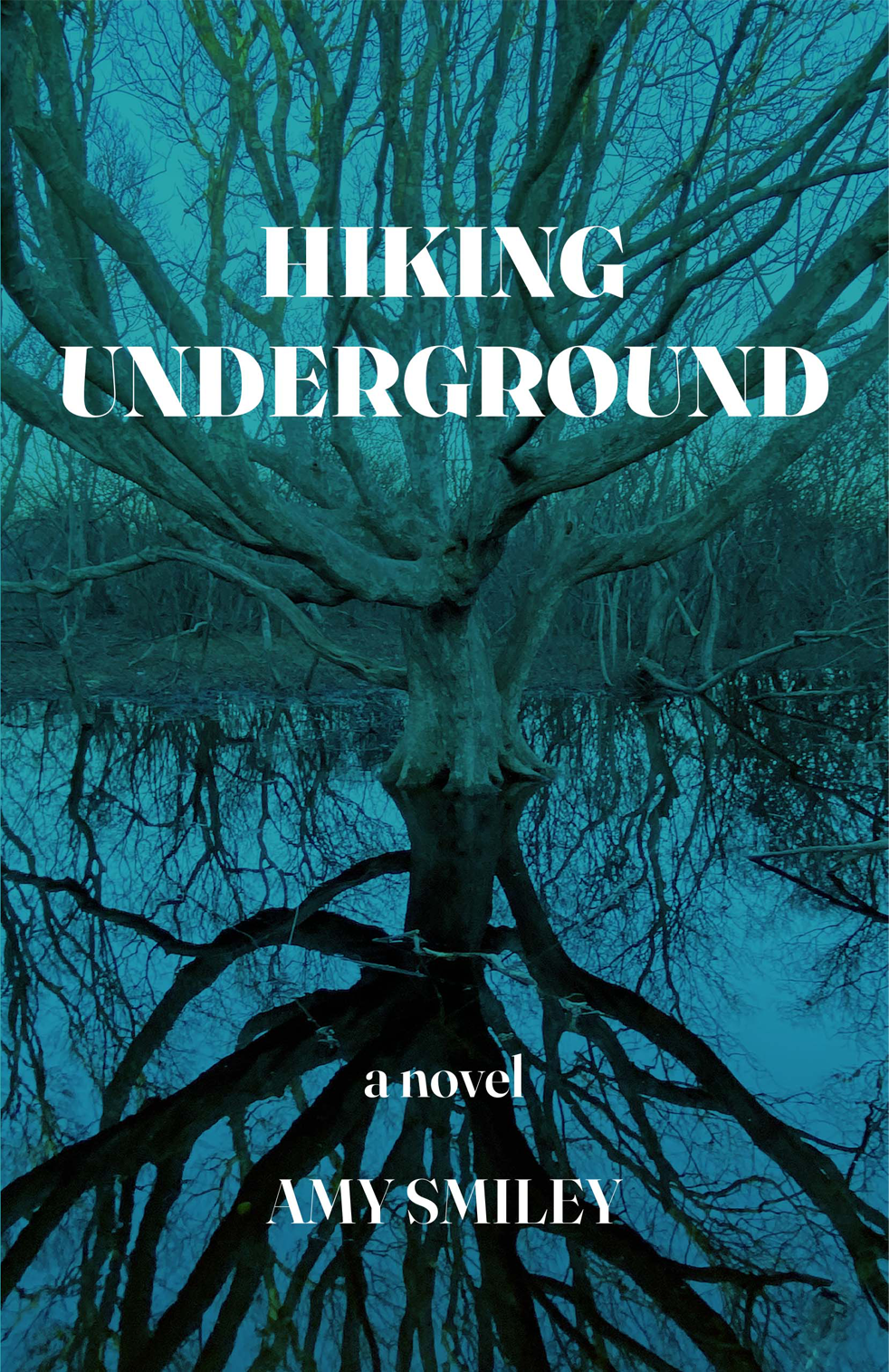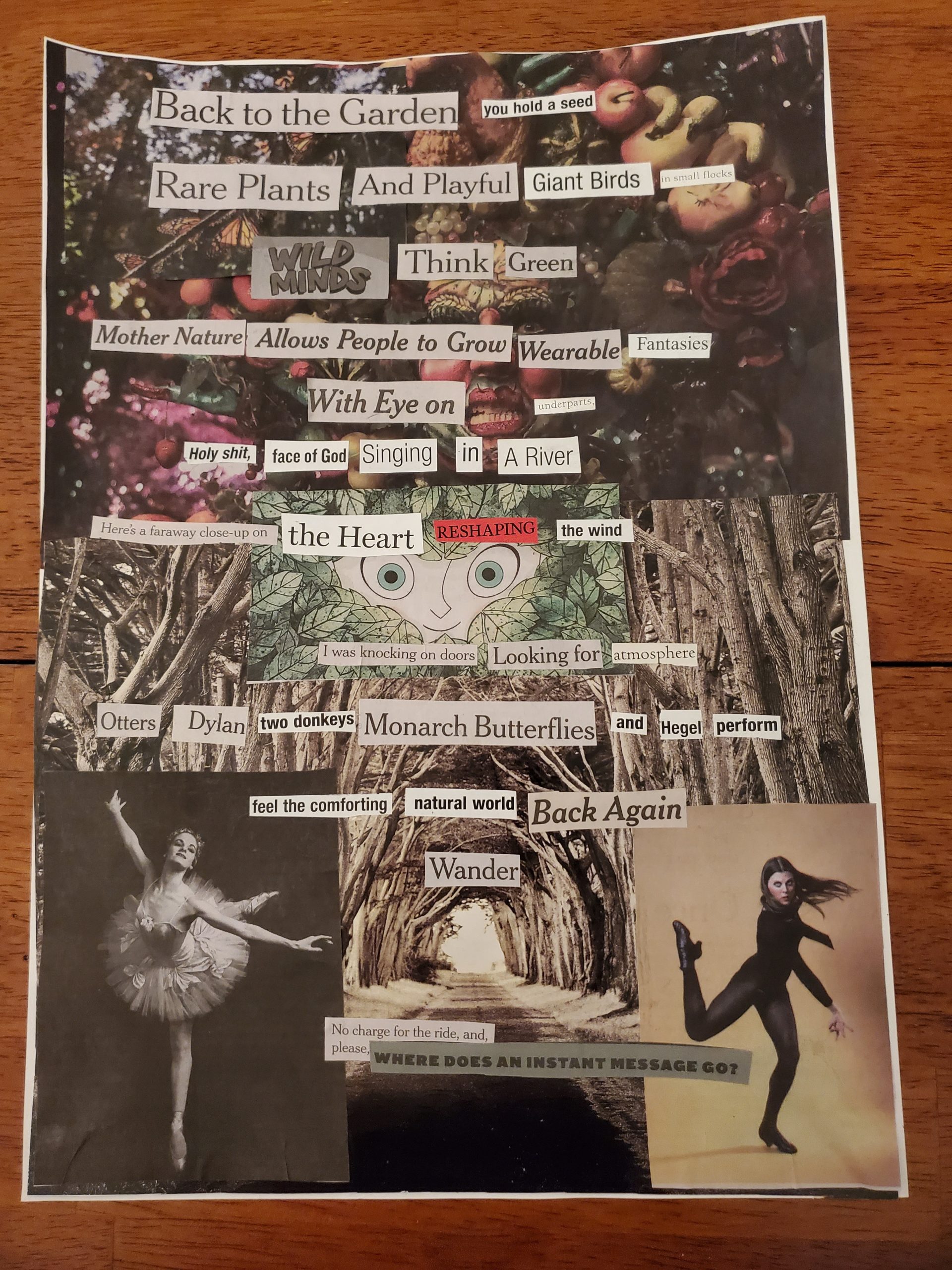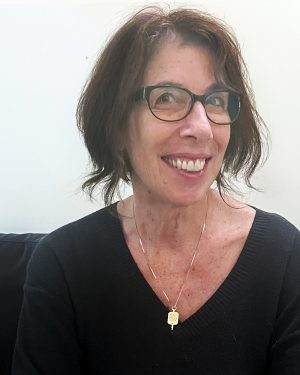Back to the Indie Corner series

This month I talk with Amy Smiley, author of Hiking Underground (Atmosphere Press, January 2023).
Mary: Hi, Amy! So good to meet you. I have a few questions about your new novel Hiking Underground. We can start with what propelled you to write this novel, and how important it was for you to involve nature.
Amy: I felt that I had a story to tell that involved the beautiful and painful variations in deep, human connection, especially in the attachment between mother and child. The dawn of such connection is symbiotic, and such intimate union must also give way to the necessity of separation. These forces are ever entwined in an emotional dance, possibly in all relationships. The inner life of the characters in the novel is revealed to us in the quiet of thought, in dreams, in art, and crucially, in the relationship to nature. Both the mother (Emma) and the babysitter (Alice) wrestle with the creative process in their drawing and painting. The connection to nature constitutes the very aliveness of their artistic explorations. Alice finds it in the Hudson Valley and the Hudson River painters, while Emma seeks to capture the “soul” of a vegetable or a tree and ultimately experiments in a kind of “earth drawing”. Connection to nature bequeaths the most profound experience: the state of reverie. The characters, including the child (Adam), roam the coastal woods and peaks of Mount Desert Island and the parks and rivers of New York City, where they develop a rich inner life and find solace as they confront suffering in the world.
Mary: Can you give readers a synopsis of what the novel is about?
Amy: It’s difficult to write a synopsis as so much of the novel touches on the uncanny mingling of states of consciousness between the three characters. That said, while the story is unbound in many ways—in the drift of thought, images, and dreams—there is nevertheless a structure, and within it, an evolution, of the relationships between characters as well as how they see themselves in the world. We follow the characters through the four seasons, from spring to spring, and their growth runs parallel to, and is enriched by, the change of seasons. Further, the narrative is also very structured in its intent to give readers access to the thoughts and feelings of each character and their growth during that year together. The novel is divided into three parts, each containing three chapters, entitled Emma, then Alice, then Adam.
Mary: What did you imagine you would achieve by offering three different perspectives (the mother’s, babysitter’s, and son’s) as the story evolves?
Amy: The triangle between mother, child, and babysitter pulsates with a particularly sensitive attunement, on both a conscious and unconscious level. The characters are each going through very different developmental phases of life, which not only shape their perceptions, but brings to the fore different relational challenges. All three characters are in a search for self, and experience love and loss within the triangle. We might also consider the mother, babysitter, and child as different stages of one self. The Freudian idea that the subconscious has no age resonates here. It’s as if mother, child, and babysitter comingle profoundly, reaching beyond the confines of age. And yet, they texture the narrative with the struggles and joys of their time of life. There is a kind of blooming of a shared experience within the triangle.
Mary: Very interesting perspective. Have you been inspired by other novels where nature is central to the story?
Amy: First and foremost, I have always loved D.H. Lawrence, especially The Rainbow. Here, the great wheels of life drive the characters into the throes of sensual experience, confrontation with mortality, and vivid and intimate connection with nature as ultimate partner. I also love The Journal of Eugene Delacroix and the descriptions of his passionate search for color in the woods where he lives, which was necessary to his painting. He may be the greatest colorist of all time, and he derived so much of that powerful force from nature.

Mary: I am curious about your work with paperjams. What is a paperjam?
Amy: Paperjam is a pun I made up to describe the poem collages I make from newspaper headlines and images. I started making these during the Covid period, as I felt the world had gone mad and I couldn’t believe what I was reading in the papers. So I made my own news, scrambling the words that felt strangely alienating into new patterns of meaning. I’m attaching one related to nature to give you an idea.
Mary: I love it. Are you working on anything else at the moment?
Amy: I do have an idea for a book, but it’s only in the very initial conceptual stage. It will be comprised of many shorter prose pieces that all come together in a very alternative narrative form. I’m excited about it and will begin writing shortly. More to come!
Mary: Oh, sounds exciting! Can’t wait to hear more. Thanks so much for talking about Hiking Underground with me.
 Amy Smiley, LCSW, PhD, lives in New York City where she maintains a private psychotherapy practice and has a family. She is a writer of fiction and essays which have appeared in journals in France and the United States. She also creates paperjams—visual poems derived from daily headlines and photographs. A former professor of French Literature at the Johns Hopkins University (and author of a full-length study on the poetics of the earth in the writing of Louis Aragon, published by Honoré Champion), Amy has also taught classes related to psychoanalysis and social work at New York University.
Amy Smiley, LCSW, PhD, lives in New York City where she maintains a private psychotherapy practice and has a family. She is a writer of fiction and essays which have appeared in journals in France and the United States. She also creates paperjams—visual poems derived from daily headlines and photographs. A former professor of French Literature at the Johns Hopkins University (and author of a full-length study on the poetics of the earth in the writing of Louis Aragon, published by Honoré Champion), Amy has also taught classes related to psychoanalysis and social work at New York University.
Helping Hiking Underground Reach the Readers Who Need Its Stillness Most
Hey Amy,
Hiking Underground took me by surprise. I went in expecting a quiet domestic drama a gentle, introspective look at motherhood and growth but what you delivered was something far deeper. Your prose carries a kind of meditative clarity that makes silence itself feel like a character. The rhythm of your writing mirrors the cadence of breath, of walking, of thinking. You captured the subtle, unspoken ways we change how a season can pass without fanfare, yet leave us utterly transformed. It’s the kind of book that doesn’t demand attention, yet lingers with readers long after they’ve set it down.
What struck me most was how you used nature not as backdrop but as guide. The earth, the seasons, and even the stillness between moments seem to participate in the healing and awakening of your characters. It’s rare to find a book that honors both the external and internal landscapes so gracefully. Hiking Underground isn’t just a story it’s an act of reflection. The connection between the mother, her son, and the babysitter feels tenderly real, as though you’ve written directly from the heart of empathy itself.
That’s exactly why I’m reaching out. I manage a community of over 2,000 dedicated readers people who read to feel. They’re the kind who dog ear pages, write in margins, and carry quotes in their heads for weeks. These readers crave quiet, soulful works like yours the kind that remind them of the beauty in observation and the power of still moments. They don’t just skim and scroll; they engage deeply, sharing books like Hiking Underground in circles where word-of-mouth truly matters.
I’m not here with a cookie-cutter marketing pitch. I’m a reader who recognized something rare in your work an authenticity that deserves to reach beyond Amazon’s noise. With the right kind of exposure to the right audience, your book could easily find a second life among reflective readers, book clubs, and mindfulness communities who would embrace its quiet wisdom.
So, Amy what do you say? Should we help Hiking Underground find the readers who’ve been searching for something exactly like it, or let its subtle brilliance remain hidden beneath the surface?
Thanks for the great comments! Please note that this comment does not reach Amy via Dragonfly. She just participated in an interview with us. You may want to try to find her contact info and reach her that way.